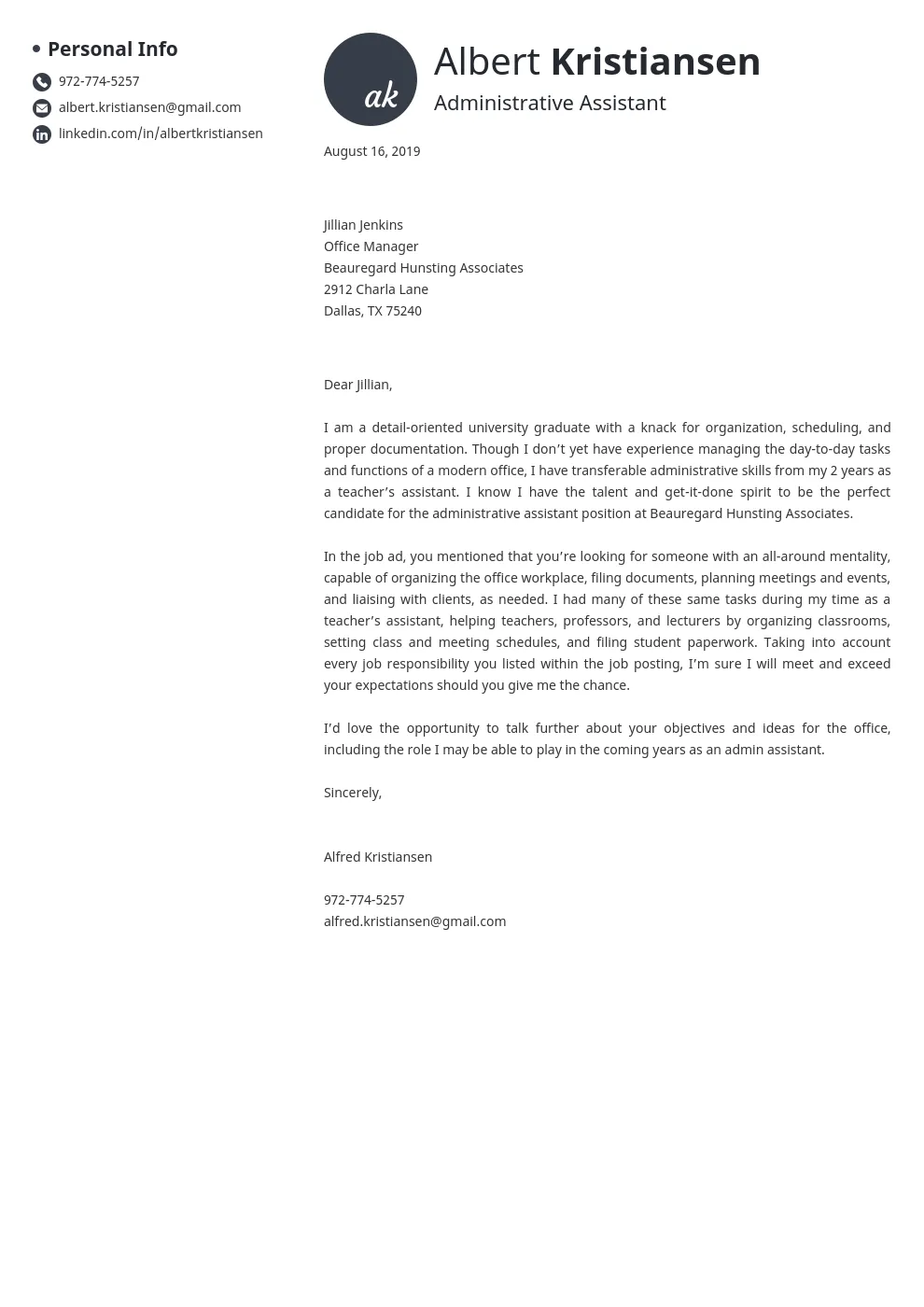Crafting the Perfect Administrative Assistant Cover Letter
A well-crafted cover letter is your first opportunity to impress a potential employer and secure an interview. For administrative assistants, this document is particularly crucial, as it showcases communication skills, attention to detail, and organizational abilities. This guide will reveal the secrets to creating a cover letter that not only gets noticed but also positions you as the ideal candidate for the job. By understanding the key components, avoiding common pitfalls, and tailoring your letter to each specific role, you can significantly increase your chances of landing your dream job. This document is not merely a formality, it’s a powerful tool that can make or break your application.
Understanding the Importance of a Cover Letter
In today’s competitive job market, a cover letter is more than just an optional add-on; it’s a vital component of your application. It allows you to introduce yourself, highlight your most relevant skills and experiences, and demonstrate your genuine interest in the position and the company. Without a cover letter, you miss the chance to provide context to your resume and explain why you’re the perfect fit for the role. A cover letter is your voice, the space where you can connect with the hiring manager on a personal level, and explain any gaps in your employment history, and showcase your personality.
Why a Cover Letter Matters
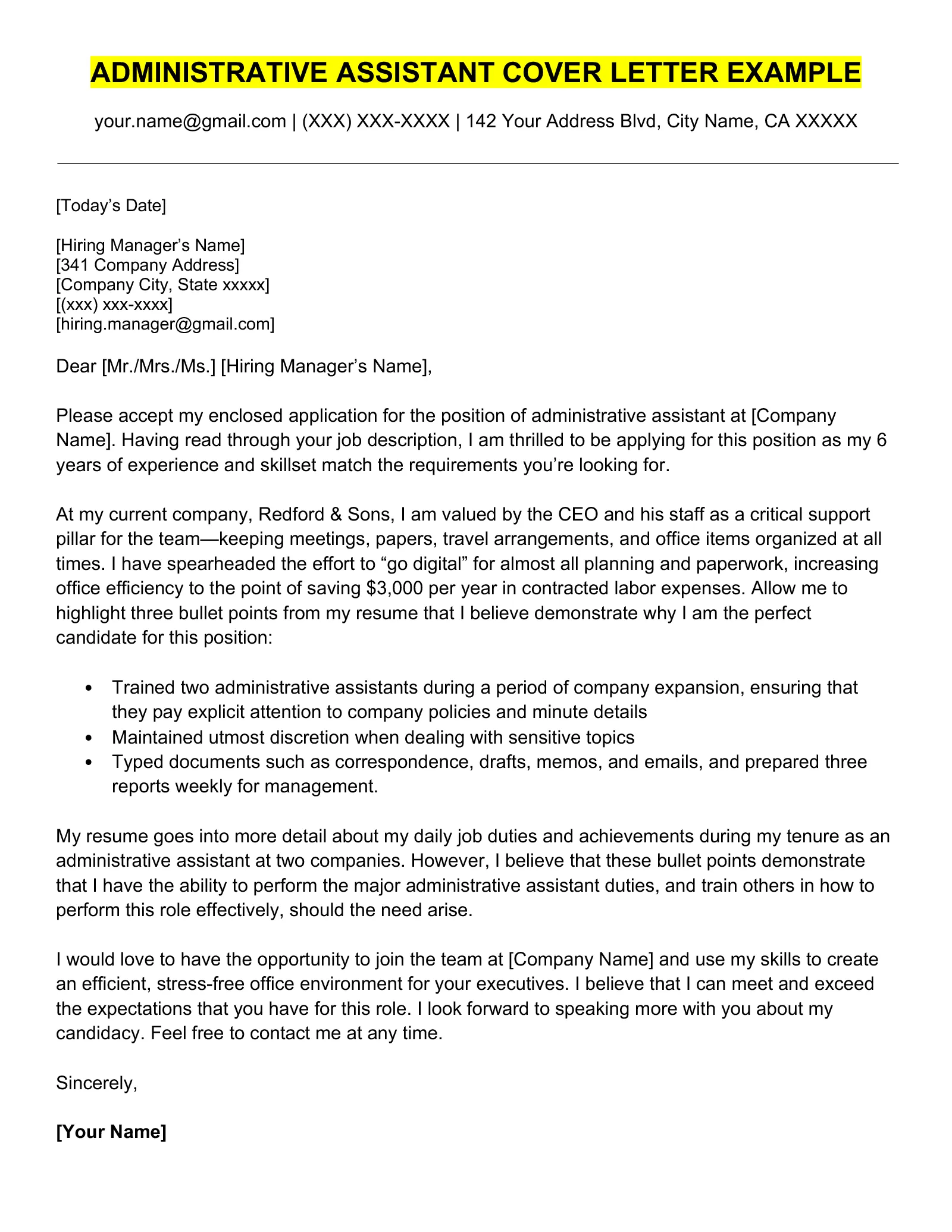
A cover letter helps you create a compelling narrative that shows how your background aligns with the job’s requirements. It allows you to elaborate on specific achievements, demonstrate your understanding of the company’s needs, and express your enthusiasm for the opportunity. It also allows you to demonstrate your writing and communication skills, critical traits for an administrative assistant. A well-written cover letter can set you apart from other candidates and significantly increase your chances of getting an interview.
Highlighting Relevant Skills and Experience
Focus on the skills and experience that directly align with the job description. Review the job posting carefully and identify the key requirements. Then, in your cover letter, provide concrete examples of how you’ve demonstrated those skills in the past. Quantify your accomplishments whenever possible. Instead of simply stating that you ‘managed office tasks,’ provide details like ‘Managed office tasks for a team of 20 employees, ensuring smooth daily operations and increased efficiency by 15%.’ This kind of detail makes your cover letter more impactful and memorable. Think about organization, communication, multitasking, and proficiency with software such as Microsoft Office, and tailor your skills around these.
Essential Components of an Administrative Assistant Cover Letter
A strong cover letter includes several key components that work together to create a persuasive argument for your candidacy. These elements include clear contact information, a personalized salutation, a compelling introduction, well-supported body paragraphs showcasing your skills and achievements, and a professional closing. Each of these elements plays a crucial role in communicating your qualifications and expressing your interest in the position. It’s crucial to ensure each element is crafted with precision and purpose to create a document that truly sells you as a candidate.
Contact Information and Salutation
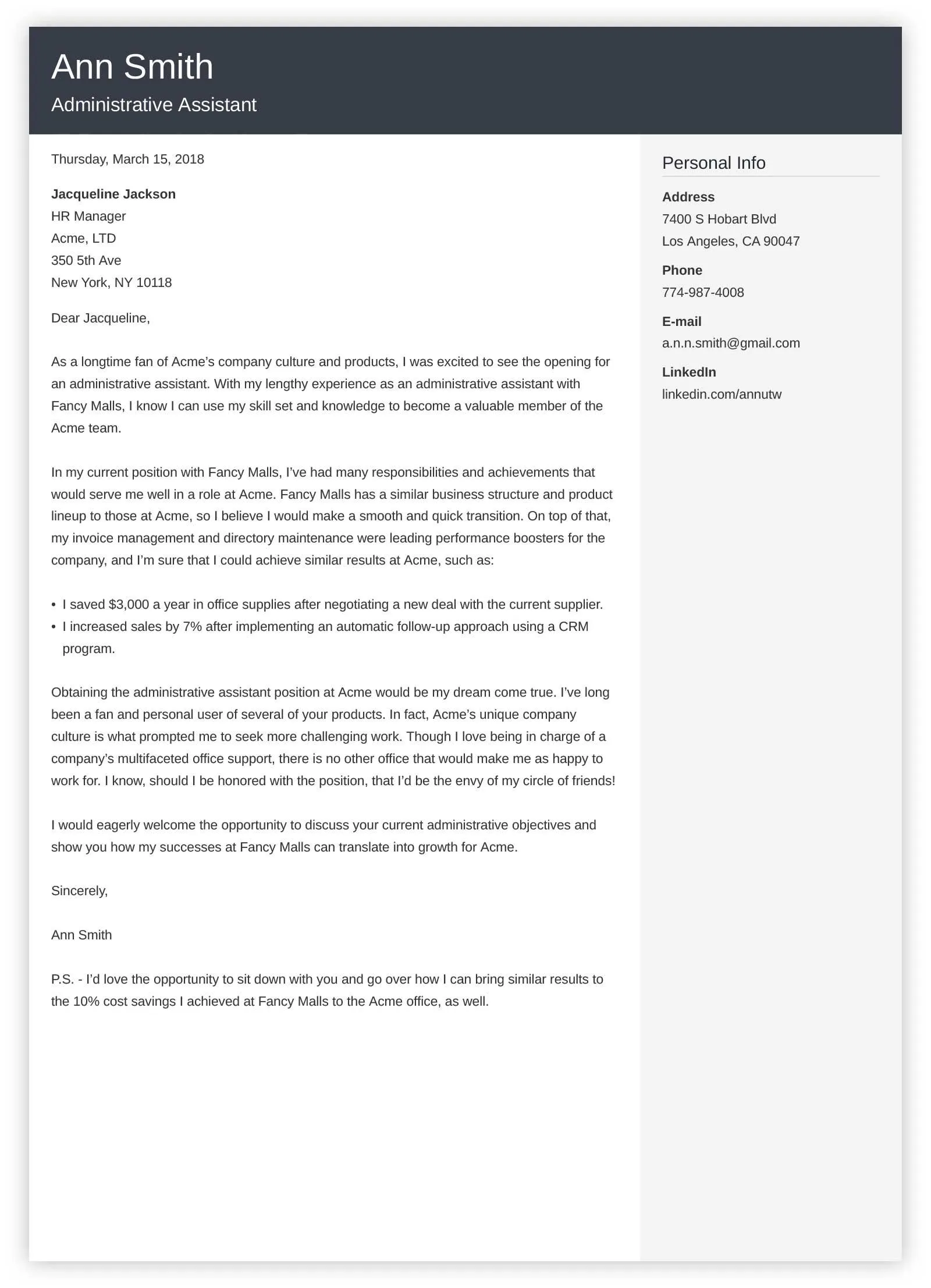
Start your cover letter with your contact information at the top – your name, phone number, email address, and optionally, your LinkedIn profile URL. Below this, include the date and the hiring manager’s name and title, if known. If the hiring manager’s name isn’t available, use a professional greeting such as ‘Dear Hiring Manager.’ Avoid generic salutations like ‘To Whom It May Concern,’ as these lack personalization. Proper formatting and attention to detail in this initial section set a professional tone and demonstrate your organizational skills from the outset, which is essential for administrative assistant roles.
The Introduction Acing the First Impression
Your introduction should grab the reader’s attention immediately. State the position you are applying for and where you found the job posting. Briefly mention what attracted you to the role and the company. Highlight a key skill or experience that makes you an ideal candidate. The introduction should set the tone for the rest of your letter, demonstrating your enthusiasm and setting you apart. Aim for a concise, impactful opening that clearly communicates your intentions and grabs the reader’s interest from the start, because this is where you make or break the first impression.
Showcasing Skills and Achievements
The body of your cover letter is where you demonstrate your suitability for the role. Use this section to highlight your relevant skills and experience. Provide specific examples of your accomplishments and how they align with the job requirements. For example, if the job description emphasizes organizational skills, describe how you successfully managed complex projects, handled multiple tasks simultaneously, or improved office efficiency. Use the STAR method (Situation, Task, Action, Result) to structure your examples, clearly conveying your contributions and the positive outcomes you achieved.
Quantifying Your Accomplishments
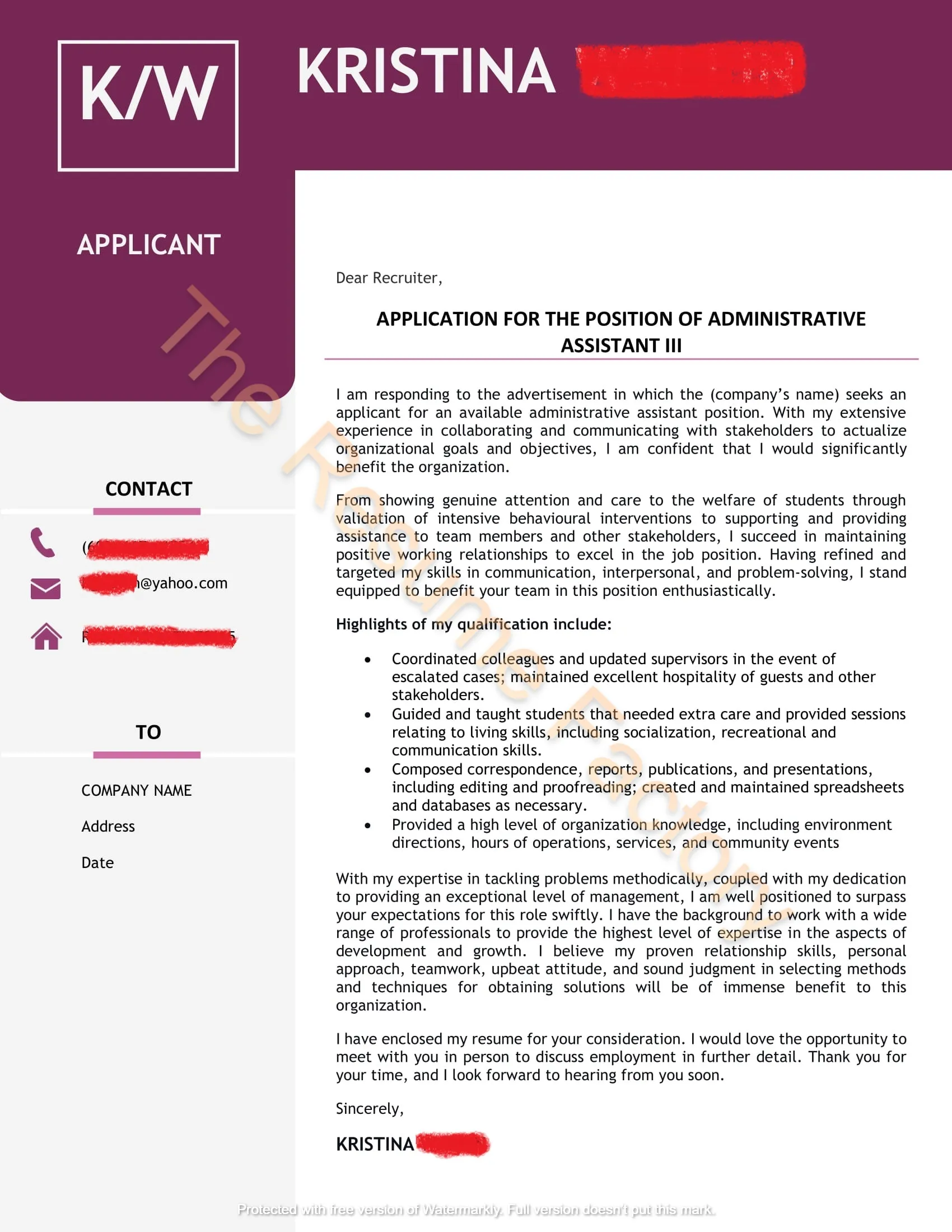
Whenever possible, quantify your achievements to demonstrate the impact of your work. Use numbers, percentages, and specific data to showcase your accomplishments. Instead of writing ‘Improved office organization,’ write ‘Implemented a new filing system that reduced document retrieval time by 30%.’ Similarly, if you handled a high volume of calls or managed a large budget, include those details. Quantifiable results make your accomplishments more compelling and provide concrete evidence of your value to the company, which makes you a much more attractive candidate.
Tailoring Your Cover Letter to the Job Description
One of the most important aspects of a successful cover letter is tailoring it to each job you apply for. Carefully review the job description and identify the key skills, experiences, and qualifications the employer is seeking. Then, in your cover letter, highlight how your background aligns with those requirements. Use keywords from the job description, and adjust your examples and focus to match the specific needs of the role. This shows the hiring manager that you understand the position and are genuinely interested in contributing to their team, which is what they’re looking for.
Demonstrating Enthusiasm and Fit
Express your enthusiasm for the role and the company throughout your cover letter. Briefly explain why you are interested in the position and what attracts you to the organization. Research the company’s mission, values, and recent achievements, and show how your skills and experience align with their goals. This demonstrates that you have taken the time to learn about the company and are genuinely interested in being a part of their team. Your passion is a key component in making you the perfect fit.
Closing the Cover Letter Professionally
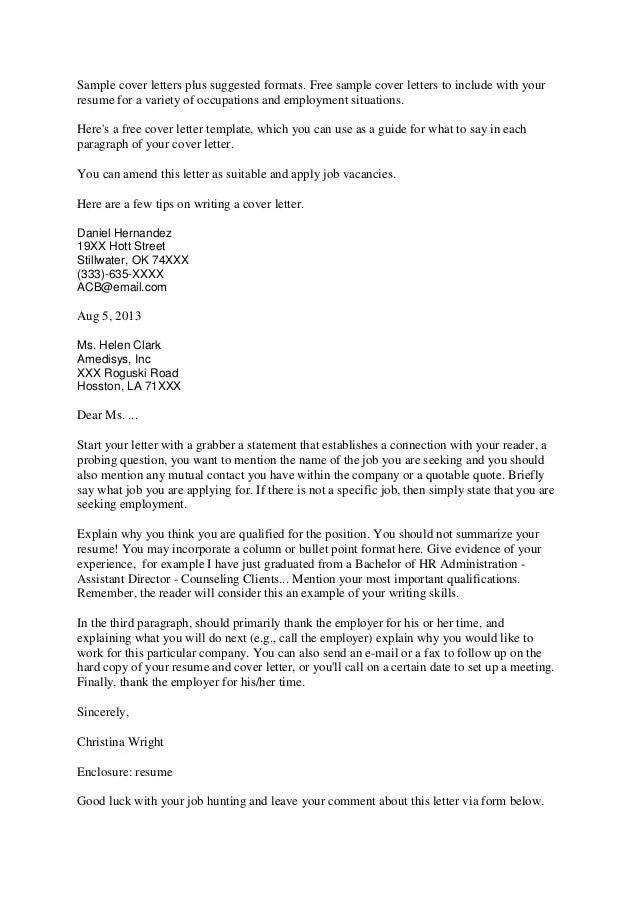
End your cover letter with a professional closing that reinforces your interest in the position and your confidence in your abilities. Thank the hiring manager for their time and consideration. Include a call to action, such as expressing your eagerness to discuss your qualifications further and inviting them to contact you for an interview. Use a formal closing such as ‘Sincerely’ or ‘Best regards,’ followed by your typed name. Always proofread your closing statement to ensure it conveys a positive and professional image.
Formatting and Proofreading Best Practices
Formatting and proofreading are critical steps in creating a professional cover letter. The appearance of your letter can significantly influence a hiring manager’s first impression. Proper formatting makes your cover letter easy to read, while proofreading eliminates errors that can undermine your credibility. It also shows your attention to detail, which is a highly desirable quality for administrative assistant positions. These steps ensure that your cover letter looks polished and professional, making you a more attractive candidate.
Font and Layout Choices
Choose a professional font such as Times New Roman, Arial, or Calibri, and maintain a consistent font size (11 or 12 points). Use a clear and simple layout with standard margins (1 inch on all sides) and single-spaced lines. Break your text into short, easy-to-read paragraphs. Use bullet points to highlight key skills or accomplishments. Ensure your formatting is clean and uncluttered, making it easy for the hiring manager to read and quickly grasp your key qualifications. You should also make sure your letter is not too long.
Proofreading and Editing for Accuracy
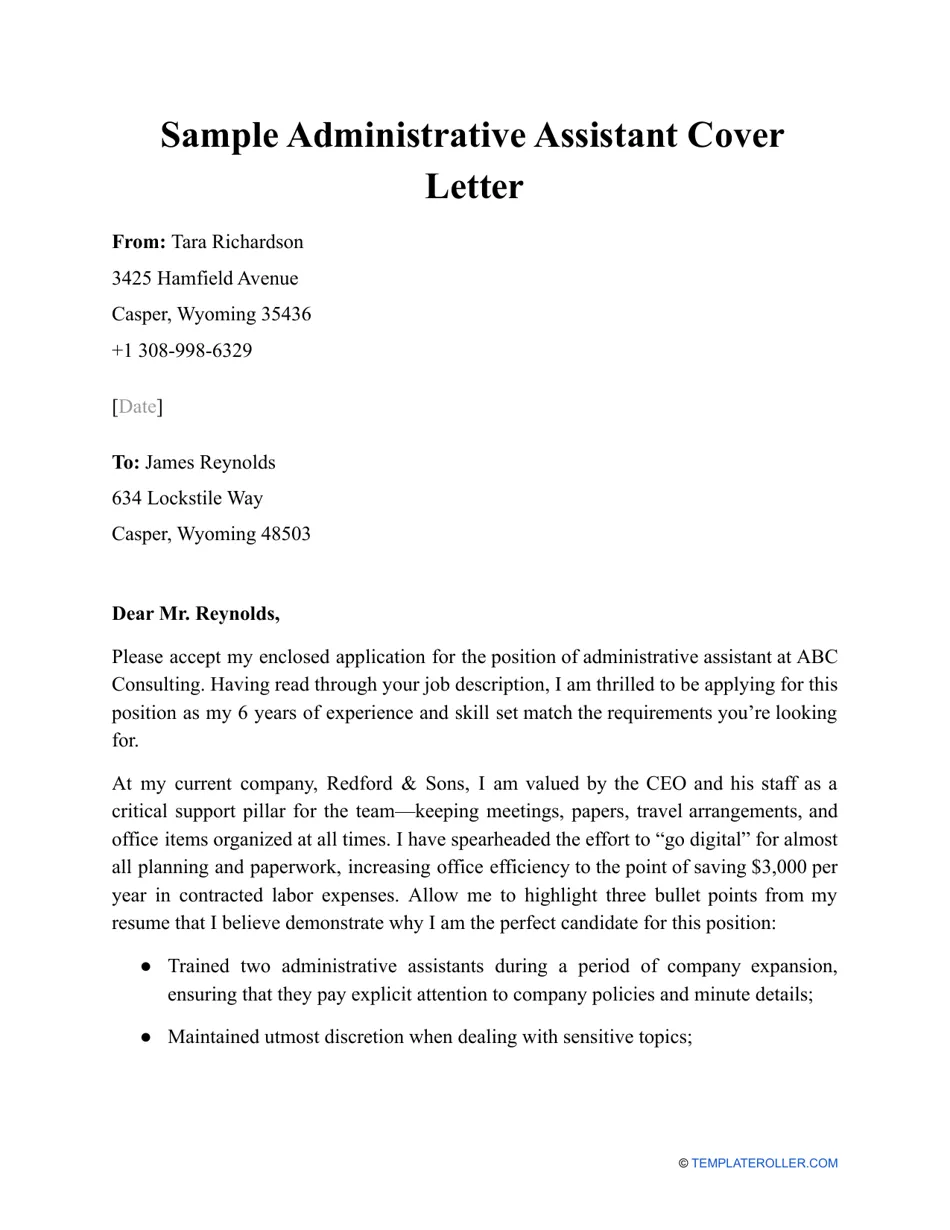
Proofreading is an essential step in ensuring your cover letter is free of errors. Carefully review your letter for any typos, grammatical errors, or punctuation mistakes. Read it aloud to catch any awkward phrasing or inconsistencies. Use a spell-checker and grammar-checker, but don’t rely on them completely; they may not catch all errors. Ask a friend or family member to proofread your letter as well. A fresh pair of eyes can often spot mistakes that you might have missed, ensuring a polished and professional final product.
Common Mistakes to Avoid
There are several common mistakes that can detract from your cover letter and damage your chances of getting an interview. Avoiding these errors is crucial to presenting yourself as a polished and professional candidate. These mistakes range from generic language to careless errors, all of which can create a negative impression on the hiring manager. By understanding and actively avoiding these common pitfalls, you can significantly increase the effectiveness of your cover letter.
Generic and Unenthusiastic Language
Avoid using generic phrases and clichés that fail to convey your unique value. Instead of writing ‘I am a hard worker,’ provide specific examples that demonstrate your work ethic. Avoid sounding unenthusiastic or indifferent about the role. Show your genuine interest and excitement by using positive language and highlighting what attracts you to the position and the company. Generic language makes your letter bland and unremarkable, while enthusiasm shows you are invested in the opportunity. Make sure that you write from your own perspective.
Typos and Grammatical Errors
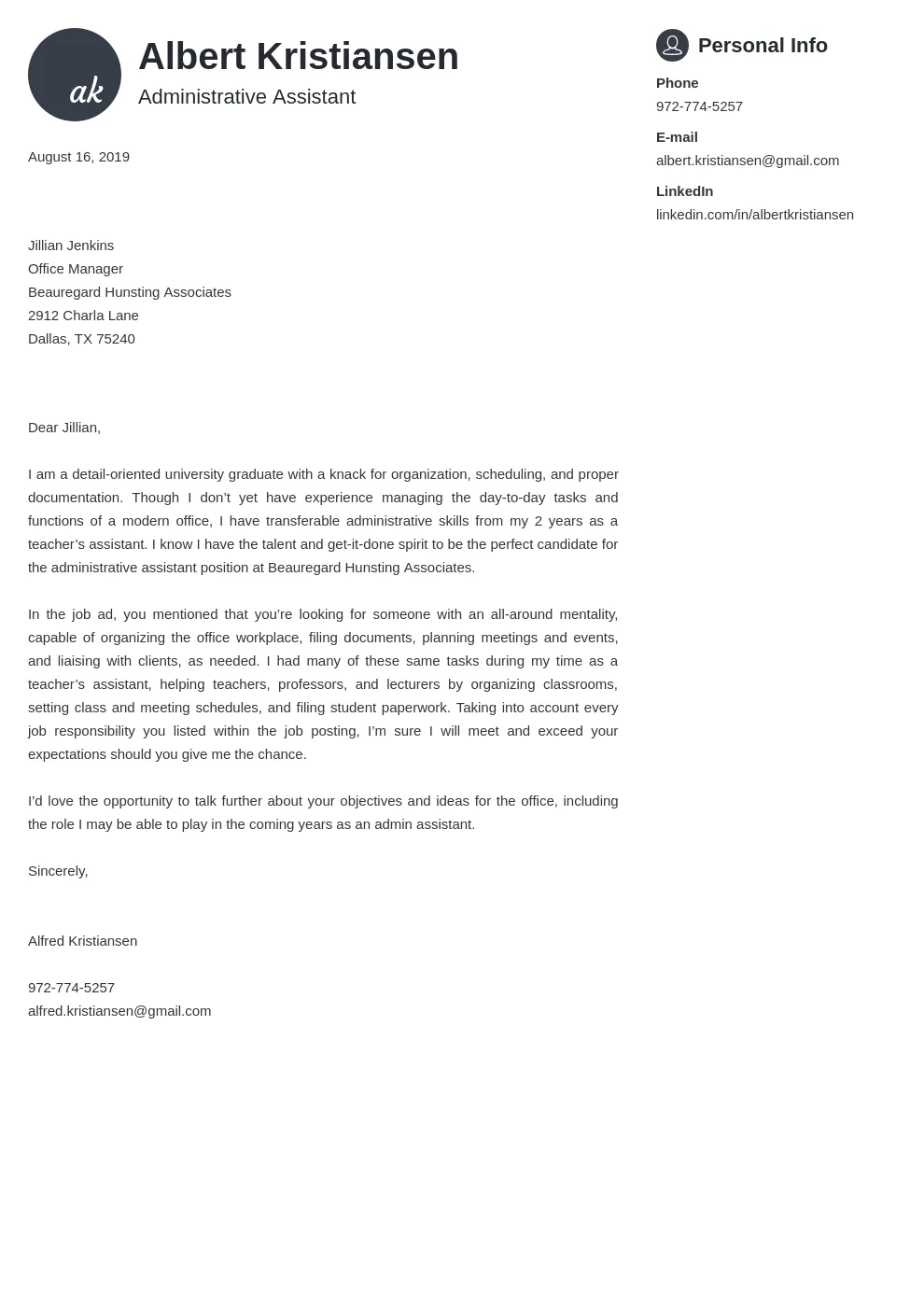
Typos and grammatical errors are the most common mistakes that can undermine your credibility. They indicate a lack of attention to detail, which is a critical skill for administrative assistants. Carefully proofread your cover letter multiple times. Use a spell-checker and grammar-checker, but don’t rely solely on them. Read your letter aloud to catch any errors. A clean, error-free cover letter shows you’re meticulous and professional, which is essential to your potential employer.
Failing to Tailor the Letter
Sending a generic cover letter to multiple employers is a significant mistake. Hiring managers can easily spot a generic letter, which suggests a lack of interest in the specific role. Tailor your cover letter to each job description, highlighting the skills and experiences that are most relevant to the position. Show that you have researched the company and understand their needs. Tailoring demonstrates that you are genuinely interested in the specific opportunity and that you have taken the time to understand the company. Make sure to make it about what they’re looking for.
Example Administrative Assistant Cover Letter
Here’s an example of a cover letter that integrates many of the tips mentioned throughout this guide. Remember to replace the bracketed information with your own details and tailor it to the specific job you are applying for. This will give you a template to start with. [Your Name] [Your Address] [Your Phone Number] [Your Email] [Date] [Hiring Manager Name (if known), or ‘Hiring Manager’] [Company Name] [Company Address] Dear [Mr./Ms./Mx. Last Name or Hiring Manager], I am writing to express my enthusiastic interest in the Administrative Assistant position at [Company Name], as advertised on [Platform where you saw the job posting]. With my [Number] years of experience providing comprehensive administrative support, exceptional organizational skills, and a proven ability to enhance office efficiency, I am confident I can make a significant contribution to your team. In my previous role at [Previous Company Name], I was responsible for [List key responsibilities and accomplishments, using the STAR method whenever possible]. For example, [Specific achievement with quantifiable results]. I am proficient in [List software and skills, e.g., Microsoft Office Suite, data entry, scheduling] and adept at managing multiple tasks simultaneously while maintaining a high level of accuracy and attention to detail. I am particularly drawn to [Company Name]’s [Mention something specific that attracts you to the company – e.g., company culture, mission, values]. I am eager to utilize my skills to support your team and contribute to [Company Name]’s continued success. Thank you for considering my application. I have attached my resume for your review and welcome the opportunity to discuss my qualifications further in an interview. Please feel free to contact me at your earliest convenience. Sincerely, [Your Typed Name]
Key Takeaways and Tips
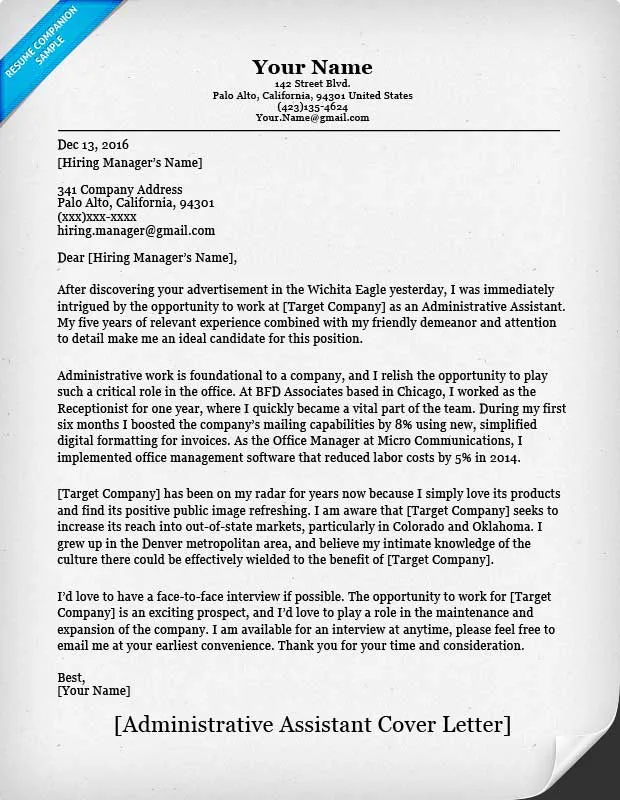
To summarize, a well-crafted administrative assistant cover letter is essential for making a positive first impression and securing an interview. Always focus on the key components, and avoid the common mistakes. Tailor each letter to the specific job, highlighting the most relevant skills and achievements, and showing enthusiasm. Remember to always proofread for accuracy and maintain a professional tone throughout. By following these secrets and tips, you can create a cover letter that effectively showcases your qualifications and increases your chances of landing your desired administrative assistant position.
